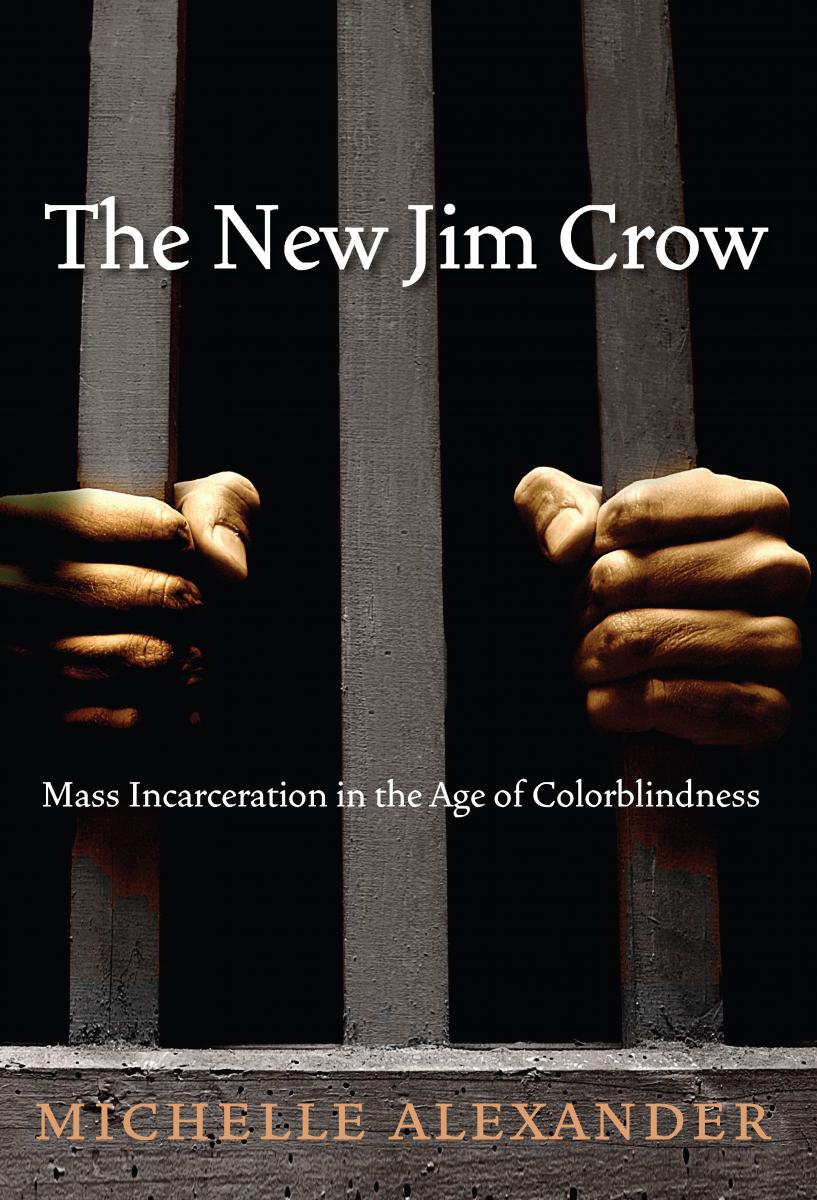Have you heard the term Prison- industrial complex? This may be one of the most serious causes we have featured here on BCG! While this cause doesn’t kill like AIDS or Cancer, it is perhaps the most limiting of black people. When I say limiting, prison is preventing us as a people from so many things including jobs, voting, education, student loans and so much more. As I recently read Michelle Alexander’s “The New Jim Crow,” I understood more than ever that cause has to be addressed and we need to address it now. This is an unusually long blog posting for BCG, but this is a critical cause, we are looking for organizations in communities across the US who speak out and work on prison reform. If you know any please send them our way!
“Prison–industrial complex” (PIC) is a term used to attribute the rapid expansion of the US inmate population to the political influence of private prison companies and businesses that supply goods and services to government prison agencies. The term is analogous to the military–industrial complex that President Dwight D. Eisenhower warned of in his famous 1961 farewell address. Such groups include corporations that contract prison labor, construction companies, surveillance technology vendors, lawyers, and lobby groups that represent them. Activists have described the prison industrial complex as perpetuating a belief that imprisonment is a quick fix to underlying social problems such as homelessness, unemployment, drug addiction, mental illness, and illiteracy.
The promotion of prison building as a job creator and the use of inmate labor are also cited as elements of the prison industrial complex. The term often implies a network of people who are motivated by making profit rather than solely by punishing or rehabilitating criminals or reducing crime rates. The desire for monetary gain has led to the growth of the prison industry and the number of incarcerated individuals. Beyond that the affects of prison especially on African-Americans in the US is damning. Preventing prior drug offenders from receiving federal financial aid and even tax refund money!
In the last two-and-a-half decades, the prison population has undergone what the United States Bureau of Justice Statistics director Jan Chaiken called “literally incredible” expansion. Chaiken reported a quadrupling of the U.S. incarceration rate since 1975. That rate, more than 600 prisoners for every 100,000 people, is by far the highest in the industrialized world. The U.S. incarcerates its citizens at a rate six times higher than Canada, England, and France, seven times higher than Switzerland and Holland, and ten times Sweden and Finland. Beyond sheer magnitude, a second aspect of America’s incarceration boom is its heavily racialized nature. On any given day, Chaiken reported, 30 percent of African-American males ages 20 to 29 are “under correctional supervision” ‹either in jail or prison or on probation or parole. Especially chilling is a statistical model used by the Bureau of Justice Statistics to determine the lifetime chances of incarceration for individuals in different racial and ethnic groups. Based on current rates, it predicts that a young Black man age 16 in 1996 faces a 29 percent chance of spending time in prison during his life. The corresponding statistic for white men in the same age group is 4 percent. According to Thomas K. Lowenstein, director of the Electronic Policy Network, 7 percent of Black children- nearly 9 times more than white children- have an incarcerated parent.
In Illinois, the prison population has grown by more than 60 percent since 1990. That growth has been fueled especially by Black admissions, including a rising number of nonviolent drug offenders. Two thirds of the state’s more than 44,000 prisoners are African-American. According to the Chicago Reporter, a monthly magazine that covers race and poverty issues, 1 in 5 Black Cook County (which contains Chicago and some of its suburbs) men in their 20s are either in prison or jail or on parole. For Cook County whites of the same gender and age, the corresponding ratio is 1 in 104. Illinois has 115,746 more persons enrolled in its 4-year public universities than in its prisons. When it comes to Blacks, however, it has 10,000 more prisoners. For every African-American enrolled in those universities, two and a-half Blacks are in prison or on parole in Illinois. Similar racially specific reversals of meaning can be found in other states with significant Black populations. In New York, the Justice Policy Institute reports that more Blacks entered prison just for drug offense than graduated from the state’s massive university system with undergraduate, masters, and doctoral degrees combined in the 1990s.
In some inner-city neighborhoods, a preponderant majority of Black males now possess criminal records. According to Congressperson Danny Davis, fully 70 percent of men between ages 18 and 45 in the impoverished North Lawndale neighborhood on Chicago’s West Side are ex-offenders. Chris Moore, director of the Chicago Urban League’s Male Involvement Program, which provides support services to 16- to 35-year-old fathers in 2 high poverty South Side neighborhoods, reports that the same percentage of his clients are saddled with criminal records. Job placement counselors at the League’s Employment, Training, and Counseling Department estimate that half of their 3,742 predominantly Black clients last year listed felony records as a leading barrier to employment. Criminologists Dina Rose and Todd Clear found Black neighborhoods in Tallahassee where every resident could identify at least one friend or relative who has been incarcerated. In predominantly Black urban communities across the country, incarceration is so widespread and commonplace that it has become what Chaiken calls “almost a normative life experience.”
The New Racism
Meanwhile, prisoners’ deletion from official U.S. unemployment statistics contributes to excessively rosy perceptions of American socioeconomic performance that worsen the political climate for minorities. Bruce Western has shown that factoring incarceration into unemployment rates challenges the conventional American notion that the United States’ “unregulated” labor markets have been out-performing Europe’s supposedly hyper-regulated employment system. Far from taking a laissez-faire approach, “the U.S. state has made a large and coercive intervention into the labor market through the expansion of the legal system.” An American unemployment rate adjusted for imprisonment would rise by two points, giving the U.S. a jobless ratio much closer to that of European nations, where including inmates jobless count raises the joblessness rate by a few tenths of a percentage point. Including incarceration would especially boost the official Black male unemployment rate, which Western estimates, counting prison, at nearly 39 percent during the mid-1990s. If you factor in incarceration, Western and his colleague Becky Petit find, there was “no enduring recovery in the employment of young Black high-school drop-outs” during the long Clinton boom.
Here is a great documentary clip: American Drug War, a must watch to further understand the system!
Sources: The New Jim Crow and History is a Weapon





